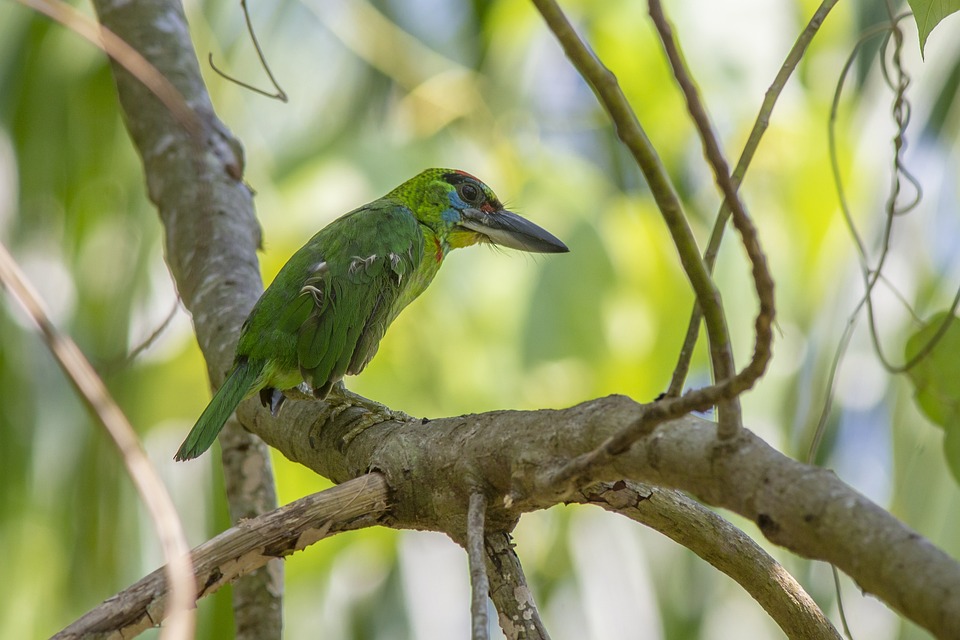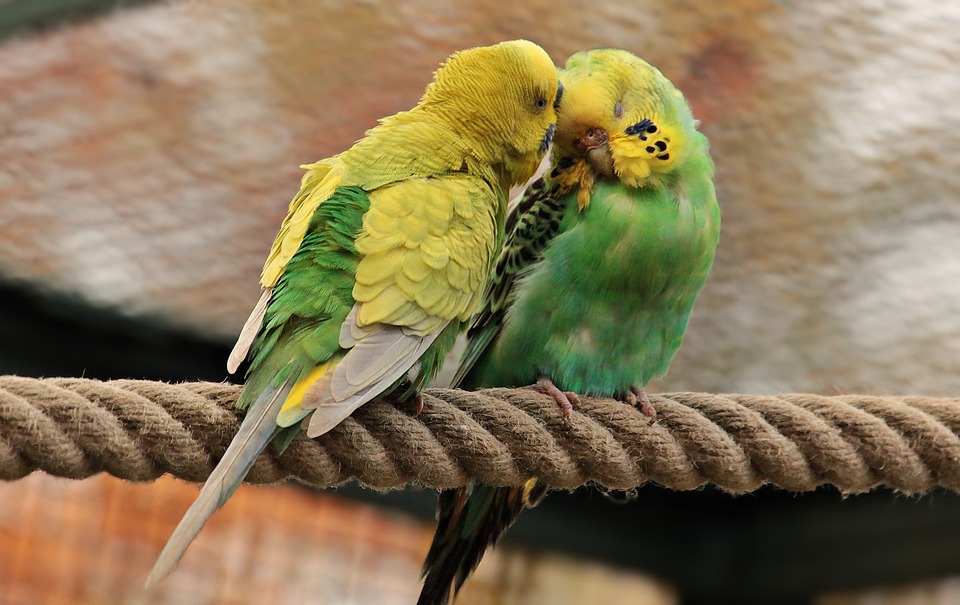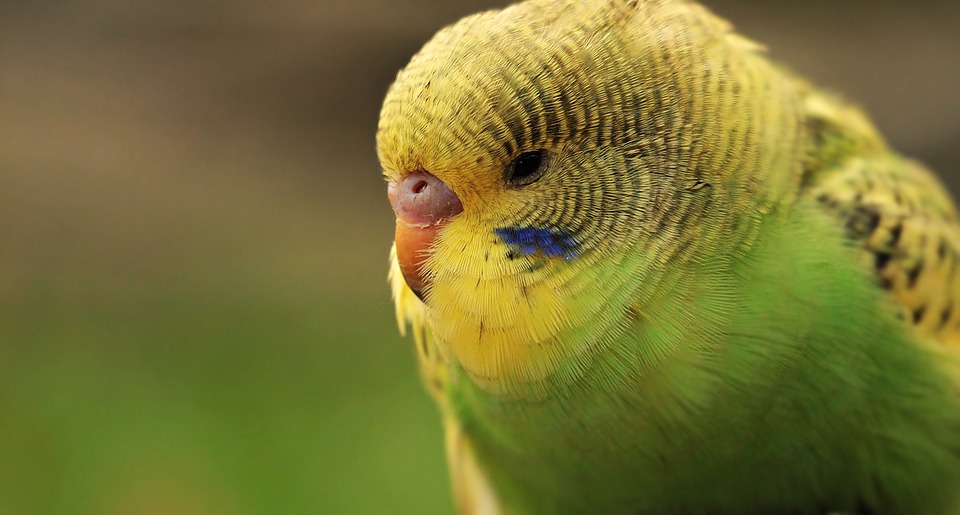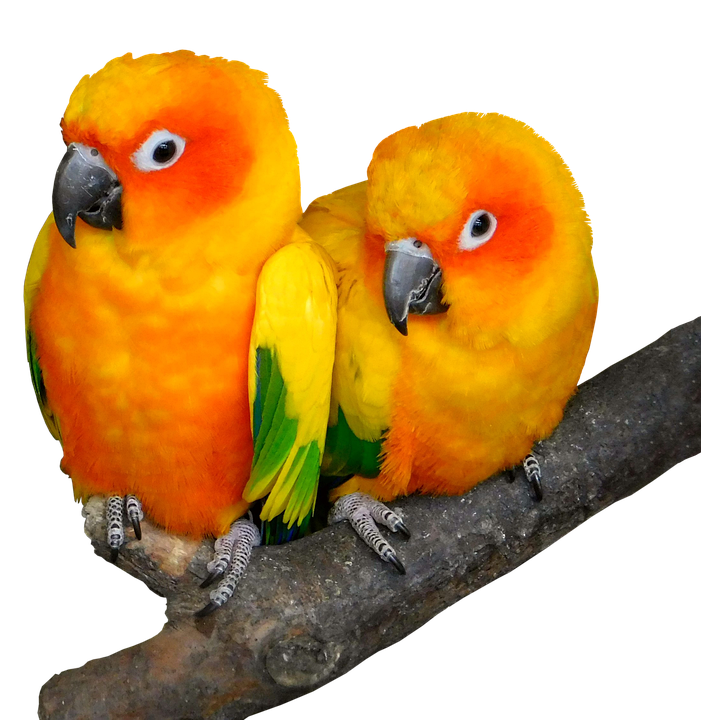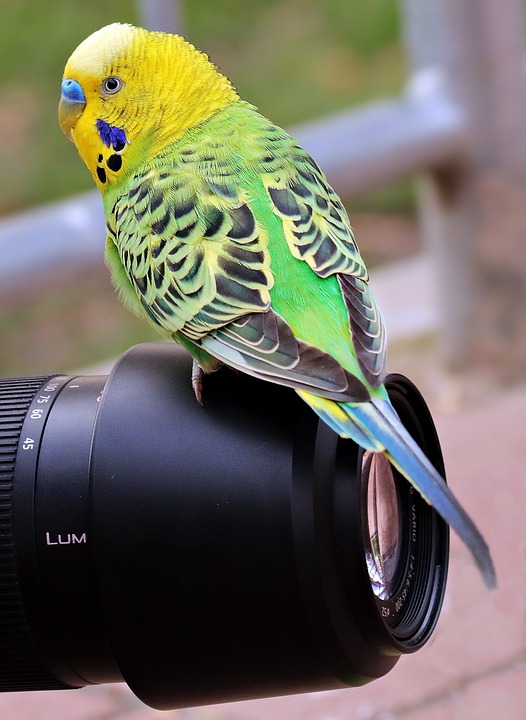Training your parrot to retrieve or fetch objects is not only a fun and engaging activity but also a great way to enhance the bond and intelligence of your feathered friend. Parrots are known for their curiosity and intelligence, and teaching them to retrieve objects taps into their problem-solving abilities. In this step-by-step guide, we will explore the process of training your parrot to retrieve objects and address common FAQs about parrot training.
Parrot retrieval training offers numerous benefits for both you and your parrot. First and foremost, it provides mental stimulation for your feathered companion. Training your parrot to retrieve objects engages their cognitive skills and keeps their minds active and stimulated. Additionally, retrieval training promotes physical exercise as your parrot moves and exercises while fetching objects. This helps maintain a healthy lifestyle for your parrot. Another benefit of retrieval training is that it strengthens the bond between you and your parrot. Training sessions create opportunities for positive interaction, building trust and deepening the connection between you and your feathered friend. Lastly, retrieval training can be practical and useful in certain situations where your parrot can assist you by fetching specific items, such as a remote control or a set of keys.
Before initiating the retrieval training, it is important to prepare for the training sessions. Make sure you have a small, lightweight object suitable for your parrot to retrieve, such as a wooden block or a soft ball. Designate a training area that is free from distractions where you can conduct the training sessions. You will also need a clicker or a small whistle for positive reinforcement, as well as small, healthy treats to reward your parrot’s progress.
Now, let’s dive into the step-by-step training guide for teaching your parrot to retrieve objects.
1. Establishing Trust and Positive Reinforcement:
Begin by establishing trust and creating a positive association with the training area. Spend time near the training area, offering treats and speaking softly to your parrot. Gradually introduce the clicker or whistle, associating it with treats to reinforce positive behavior.
2. Introducing the Target Object:
Present the target object to your parrot, allowing them to explore and interact with it at their own pace. Encourage curiosity by placing treats near the object, gradually moving them closer until your parrot confidently approaches the object.
3. Associating Words or Commands:
Using a consistent word or command, such as “Fetch” or “Retrieve,” repeat the chosen word each time your parrot approaches or interacts with the target object. This association will help your parrot understand the desired behavior.
4. Encouraging Approach and Pick-Up:
With the target object in an easily accessible spot, encourage your parrot to approach and pick it up by placing treats nearby. Reward any interaction with the object, gradually increasing the distance between the treats and the object to encourage your parrot to retrieve it independently.
5. Returning the Object:
Once your parrot has successfully picked up the object, encourage them to return it to you by creating a clear pathway and providing positive reinforcement. Offer treats and praise when your parrot approaches you with the object, gradually fading the treats as the behavior becomes more consistent.
6. Gradual Progression and Reinforcement:
As your parrot becomes more proficient in retrieving the object, vary the training scenarios by changing the object’s location or introducing additional objects. Continue reinforcing positive behavior with treats and praise, gradually reducing the frequency of rewards while maintaining verbal praise.
While training your parrot to retrieve objects can be a rewarding experience, it is important to address common challenges that may arise during the training process. Lack of interest from your parrot can be addressed by using a different object or adjusting the training environment to make it more engaging. If your parrot drops the object before reaching you, encourage them to pick it up again without punishment, and reinforce the desired behavior by rewarding successful retrieval. In cases where your parrot displays fear or aggression towards the object, take a step back and reintroduce the training process slowly, using positive reinforcement to create a positive association.
Now, let’s address some frequently asked questions about parrot retrieval training:
1. Can any parrot breed be trained to retrieve objects?
Yes, most parrot breeds can be trained to retrieve objects, although individual temperament and willingness to engage in training may vary.
2. How long does it typically take to train a parrot to retrieve objects?
The training duration varies depending on the parrot’s individual capabilities and the consistency of training sessions. It can take anywhere from a few weeks to several months to achieve proficiency.
3. Can parrot retrieval training be started with older parrots?
Yes, parrot retrieval training can be initiated with older parrots. However, patience and consistency are key, as older parrots may take longer to adapt to new behaviors.
4. Are there any safety considerations when training a parrot to retrieve objects?
Ensure the objects used for training are safe and free from any small parts that may pose a potential choking hazard. Always supervise your parrot during training sessions to prevent accidents.
In conclusion, training your parrot to retrieve objects not only provides mental stimulation and physical exercise but also strengthens the bond between you and your feathered companion. By following the step-by-step guide provided in this article and addressing common challenges, you can embark on an exciting training journey with your parrot, unlocking their intelligence and potential.

